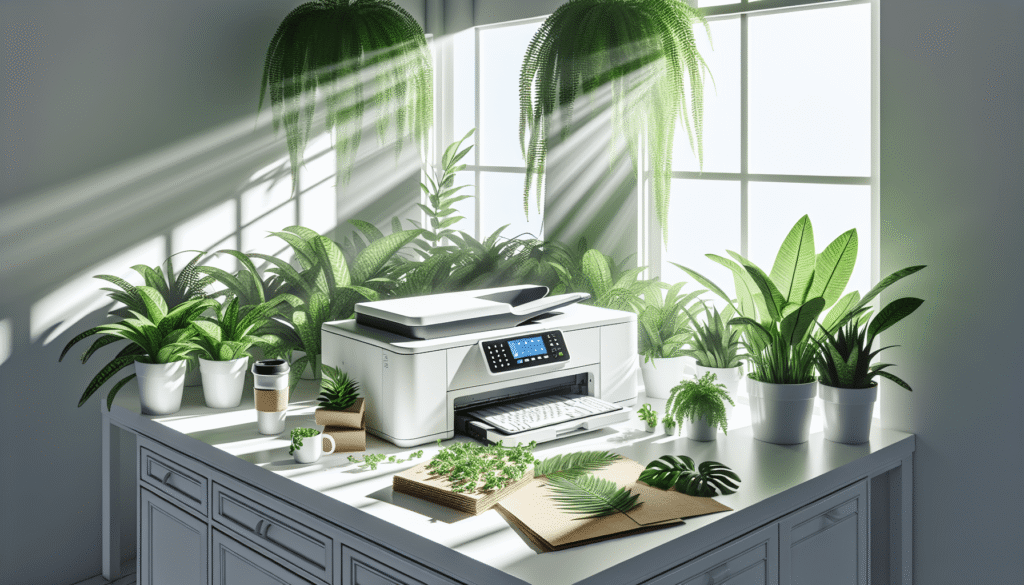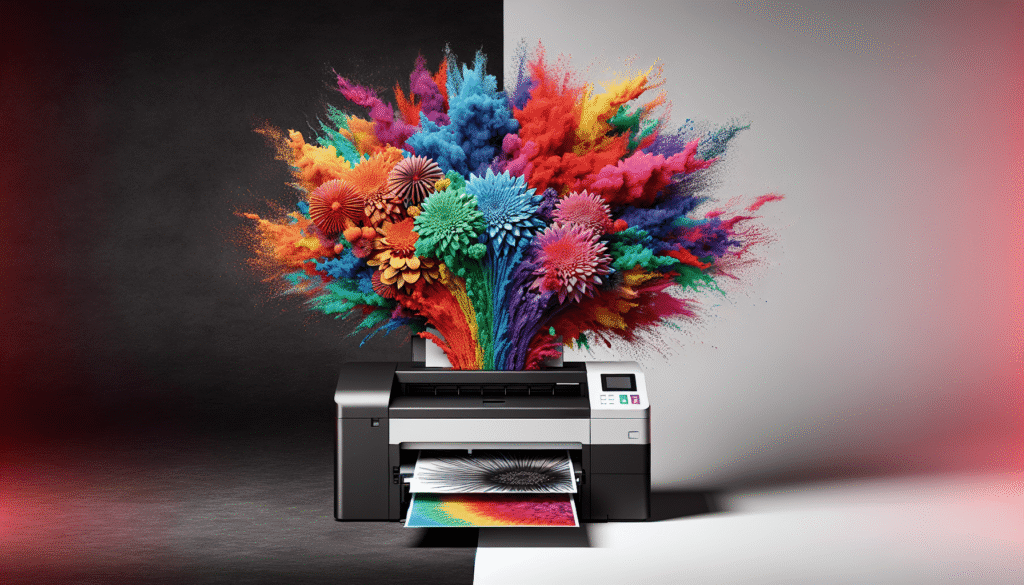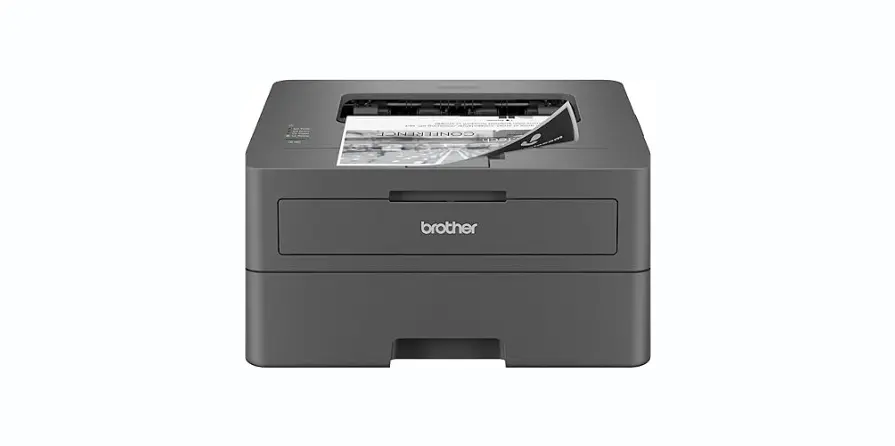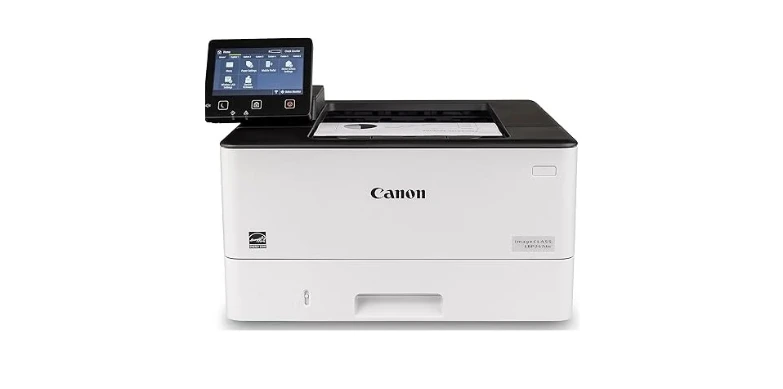Have you ever wondered if the printer you choose might affect the environment? It’s not usually the first thing we think about while standing in the office supply aisle, but the kind of printer you opt for can have a surprisingly significant impact on our planet. Given the current environmental concerns, it’s valid to question if laser printers are better for the environment compared to their inkjet counterparts. Let’s take a closer look and try to unfold the mystery behind these machines.

Understanding the Basics of Printers
Before diving into which type is greener, it’s essential to understand what makes a printer tick. At their core, printers take digital data and produce tangible, physical copies on paper. But how they do this can differ markedly, particularly between inkjet and laser printers.
How Laser Printers Work
Laser printers utilize a laser beam to produce an image on a drum. This image is then transferred onto paper using a combination of heat and pressure. They rely on toner, a powder substance, to create prints. These machines are often associated with faster print speeds and higher volume printing tasks.
How Inkjet Printers Work
On the other hand, inkjet printers spray tiny droplets of liquid ink onto paper to form an image or text. These printers are generally more popular in homes because they handle a variety of media types and are excellent for producing vibrant color images.
Environmental Considerations
Now, onto the big question: are laser printers an environmentally-friendly choice? This topic isn’t as straightforward as it may seem, as both types have their own sets of benefits and drawbacks.
Energy Consumption
The energy a printer uses is a substantial factor in determining its environmental footprint. Generally, laser printers consume more electricity than inkjet printers due to the heat required in the fusion process. This might mean higher energy bills but also a larger carbon footprint.
| Printer Type | Energy Consumption |
|---|---|
| Laser | Higher |
| Inkjet | Lower |
Cartridge Waste and Lifespan
One key distinction lies in toner vs. ink cartridges. Laser printers use toner cartridges which tend to last significantly longer than ink cartridges. This might mean fewer cartridges ending up in landfills over time.
Paper Use and Print Yield
Efficiency is another aspect worth considering. Laser printers traditionally have higher yields, meaning they can print more pages per cartridge compared to inkjet printers. This efficiency could potentially result in reduced paper and cartridge usage, indirectly benefiting the environment.

Pros and Cons of Laser Printers
To make a clear decision, it’s best to lay out everything on the table.
Pros
- Efficiency: Laser printers provide quick printing with high-capacity cartridges, thereby offering value over large print volumes.
- Durability: They are generally more robust, requiring less maintenance in the long run.
- Cost-Effectiveness: While initial costs might be higher, operational costs tend to be lower than inkjets due to less frequent cartridge replacements.
Cons
- Higher Energy Use: As noted, laser printers consume more power, which can be a concern for eco-conscious users.
- Initial Cost: They might require a heftier upfront investment.
- Ozone Emissions: Some older laser models may produce ozone emissions, albeit in small amounts.
Alternative Eco-Friendly Printing Options
If neither laser nor inkjet seems like the perfect fit for a sustainable printing choice, there are alternatives worth considering.
EcoTank Printers
EcoTank printers, a variation on inkjets, use refillable ink tanks instead of cartridges. This design drastically reduces waste and the frequency of purchasing new ink supplies.
Managed Print Services
Another route is using managed print services, an option particularly suitable for businesses. These services optimize the number of devices in use and reduce unnecessary printing, potentially shrinking a company’s carbon footprint.
Reducing Your Printing Impact
While choosing the right printer is crucial, there are additional ways one can contribute towards a more environmentally-friendly printing habit.
Opt for Duplex Printing
By making double-sided printing your default, not only do you save paper but also contribute less waste to the environment.
Recycle Cartridges
Many manufacturers and office supply stores offer cartridge recycling programs. Taking advantage of these services ensures that used cartridges are responsibly disposed of, mitigating waste.
Be Smart About Usage
Ask yourself if you truly need to print something or if a digital version will suffice. Minimizing printing where possible is always an environmentally-conscious decision.
Conclusion
So, are laser printers better for the environment? The answer is a classic “it depends.” While they offer benefits such as high efficiency and long-lasting cartridges, their energy consumption can be a drawback for some. The path to eco-friendly printing might actually be a blend of thoughtful use, maintenance, and opting for services or technologies that prioritize sustainability.
In the end, the most important step is being aware of your environmental impact and making informed decisions that align with your values. And, of course, remember that every little bit counts when it comes to protecting our planet.


